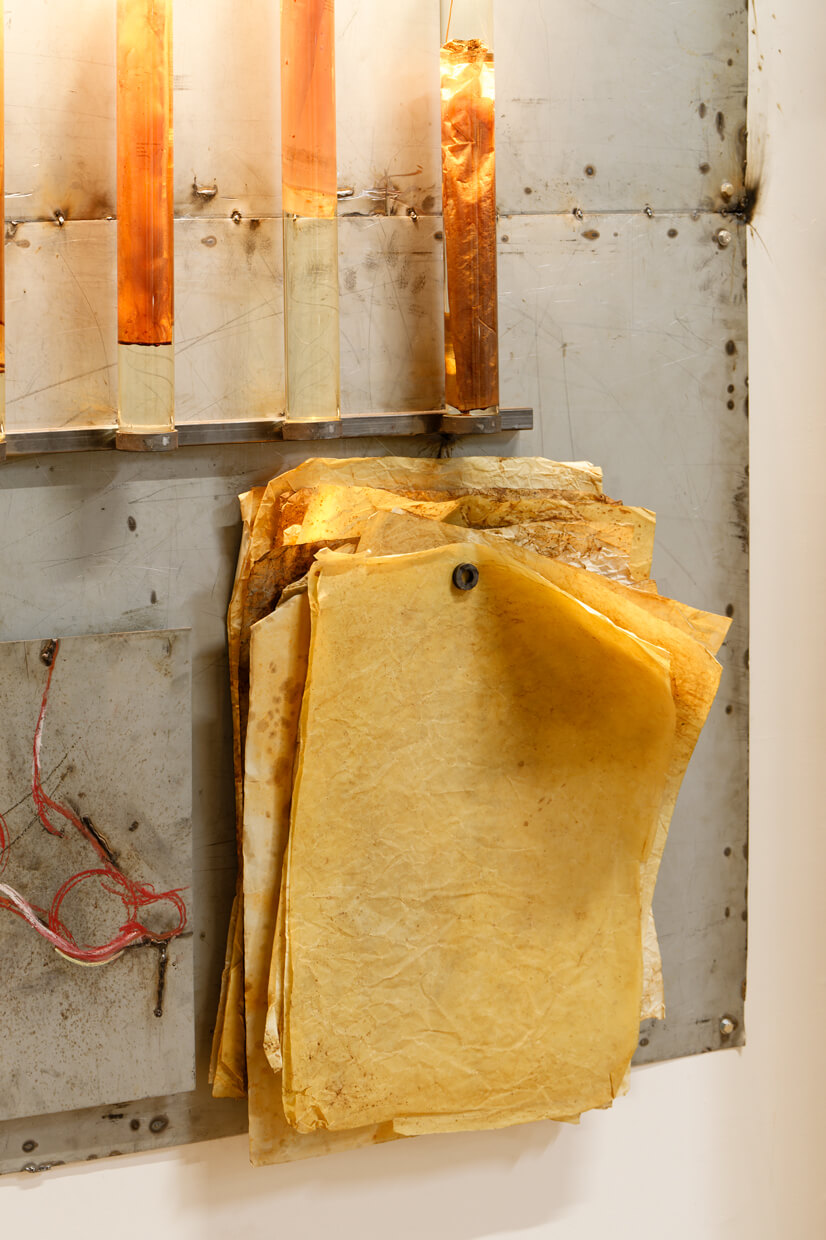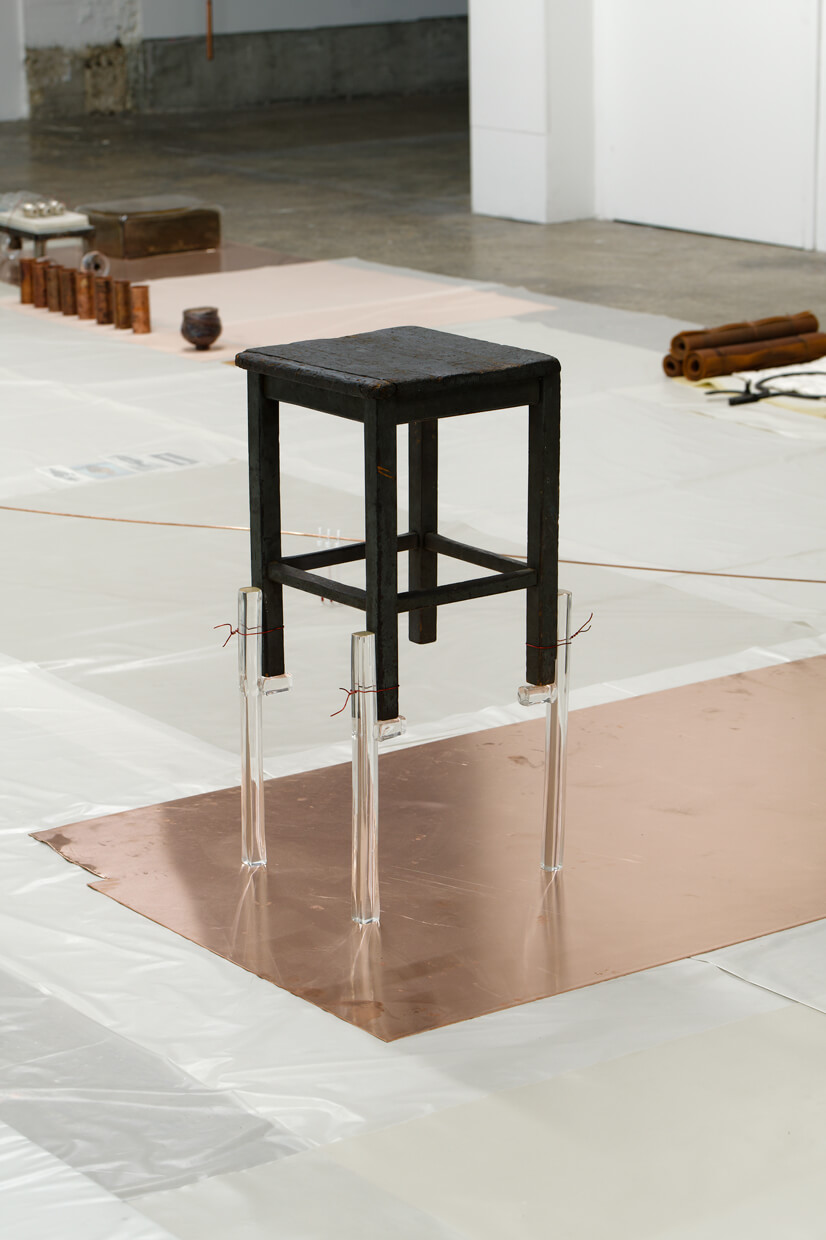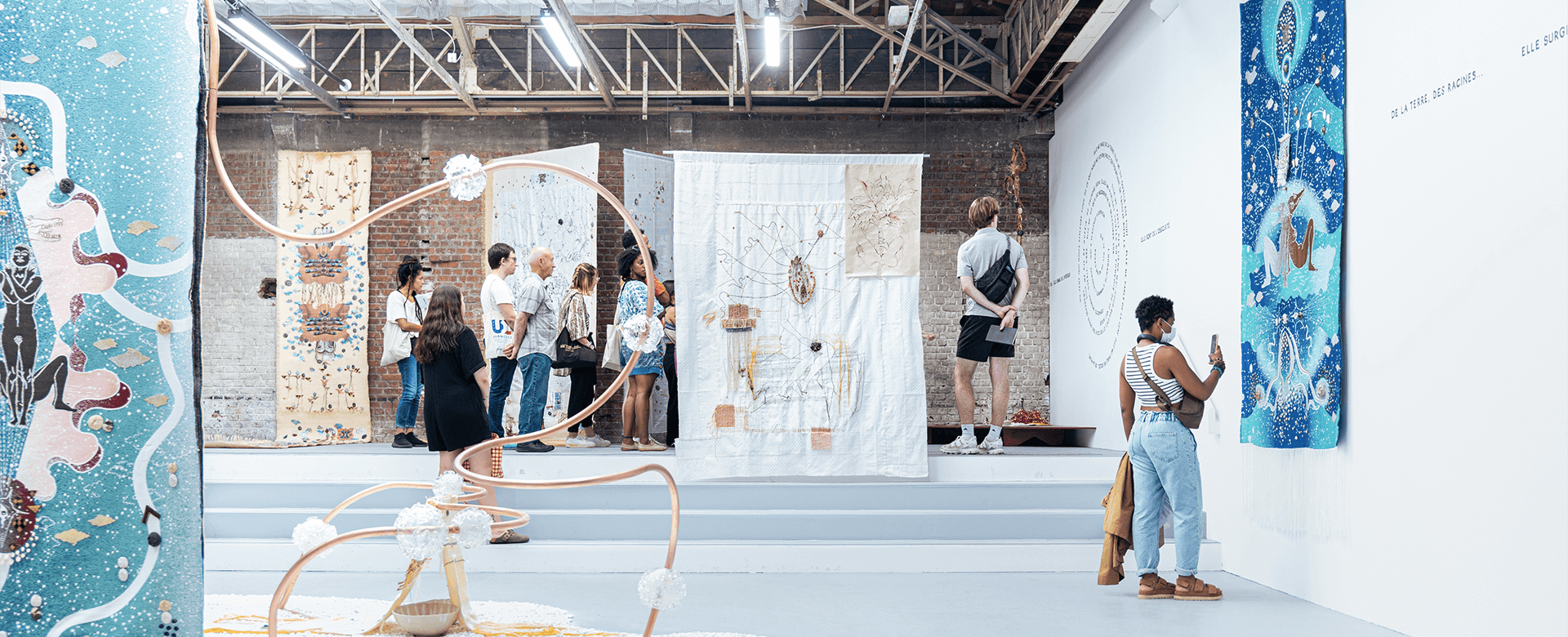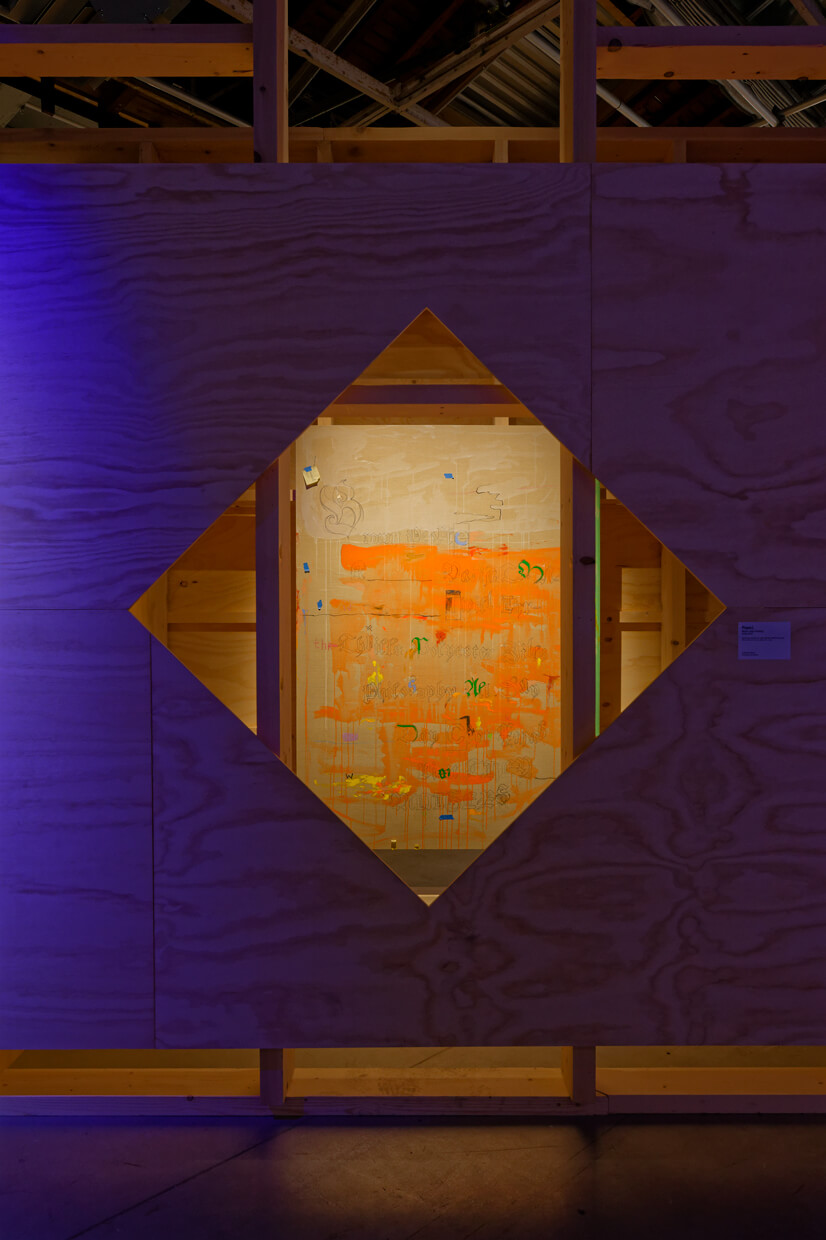SEARCH THE ENTIRE SITE
Morphologies souterraines
mountaincuttersThe mountaincutters are a duo of sculptors who, over the last ten years, have been creating proliferating and seemingly transitory installations. Repeating forms, shifting objects and varying materials seem to obey some unknowable organizational logic. Despite their seemingly impenetrable nature, these sculptures remain porous and open to the sites they inhabit, entering into resonance with the qualities and materials of the spaces and environments that surround them.
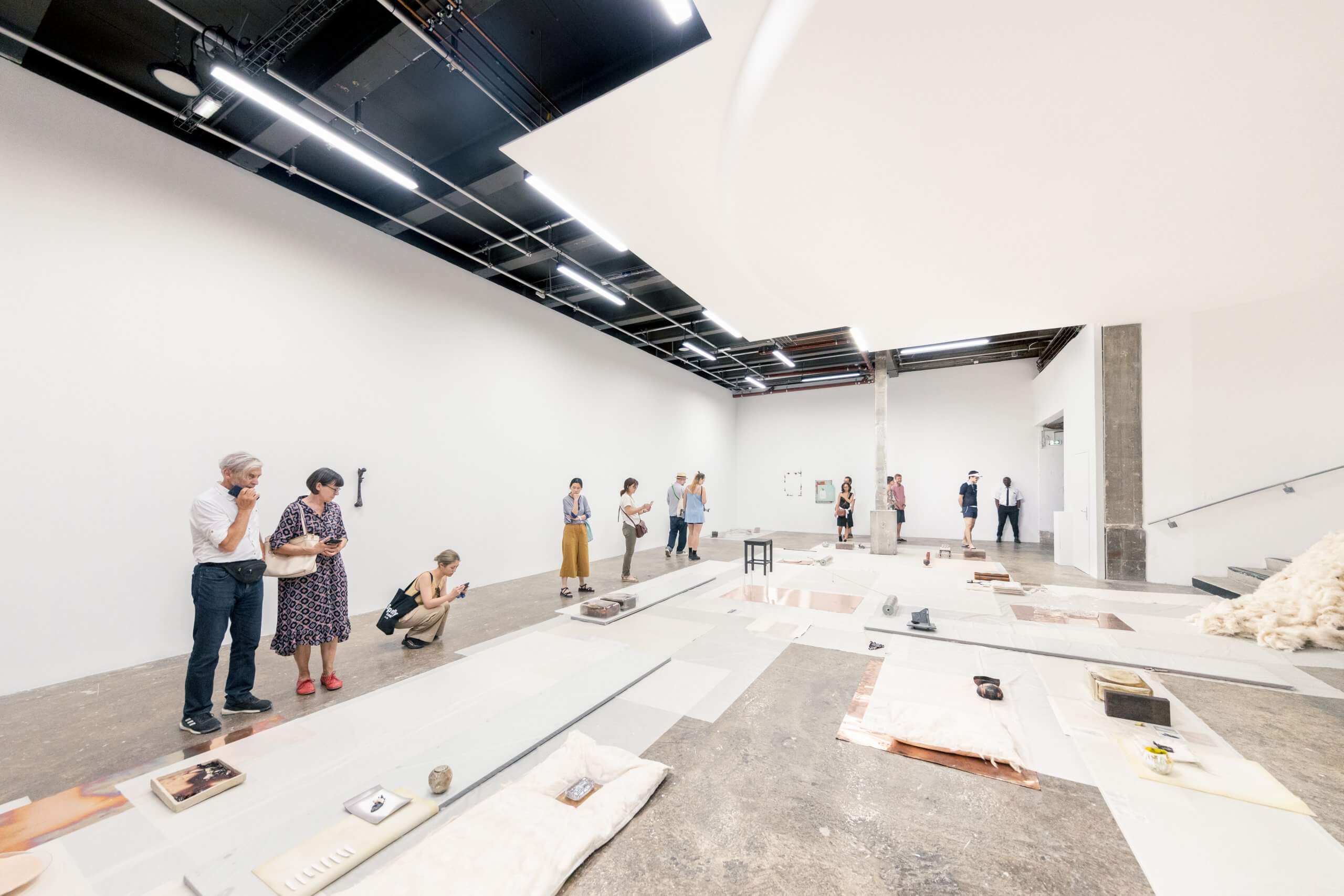
The artists refuse to inscribe their exhibitions and installations in a particular narrative or staging, and each one can be read only by fragments, from an unusable glass seat to a body support structure, from a reproduction of a prehistoric Venus to images of human anatomy taken from historic textbooks. From these unfinished and unsettled spatial haikus emerges an inquiry into the archaeology of forms, an ongoing questioning of the spatiality of bodies and their environments.
The care brought to bear upon the formal variations of a single blow-glass recipient and the importance given to traces of rust or flames can be placed in dialogue with the Japanese notion and aesthetic of wabi sabi. The mountaincutters’ transitory installations share with this 15th century concept a formal simplicity that foregrounds the mechanisms of existence and which values a close attention to the present moment by way of a keen sensorial comprehension of what surrounds us. In the assemblages of the mountaincutters, impermanence, incompletion and imperfection are not marks of deficiency but rather the expression of a vital elan that takes shape beyond order, balance and norms.
For their solo exhibition at the Palais de Tokyo, the mountaincutters present installations that engage with the building, its fragility and its summer temperatures at a moment when access to the Palais is modified in line with the season. Thermometres, oil, and other liquids register the variations in heat alongside bronze sculptures of hands and copper casts of neanderthal femurs that graft themselves onto the building’s hot water network. Fused with the site and shaped by its material flows, the enveloping sculptures suggest incapacitated bodies whose prostheses, extensions and tools appear as so many strategies of adaptation to a hostile environment.

While the exhibition makes visible divergent and underground morphologies, it also engages visitors’ bodies in a wandering that invites them to reflect upon the way in which the exhibition space is governed by norms and shaped according to ‘able’ bodies or incapacitated ones.
FROM 16/06/2023 TO 10/09/2023
Curator : Adélaïde Blanc
The exhibition Morphologies souterraines is supported by Wallonie-Bruxelles International (WBI) and the Centre Wallonie-Bruxelles (CWB), Paris – Hors-Les-Murs Constellations.
